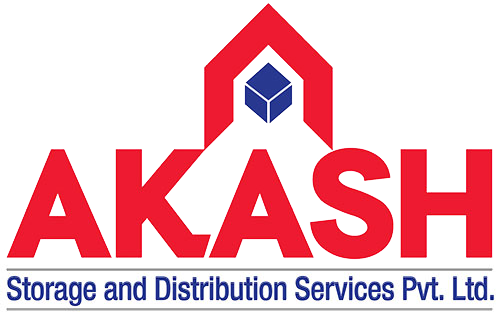Optimizing Warehouse Inventory Management
In the intricate web of B2B commerce, the synergy between inventory and warehousing management forms the backbone of supply chain efficiency. While both functions revolve around the meticulous handling of goods, each serves distinct yet interrelated purposes within the broader spectrum of logistics. Let’s embark on a journey to unravel the complexities of warehouse inventory management, shedding light on its nuances and pivotal role in driving operational excellence within B2B supply chains.

Differentiating Inventory and Warehouse Management
While inventory management and warehouse management are often used interchangeably, they represent distinct facets of the supply chain ecosystem. Inventory management encompasses the strategic orchestration of goods throughout their lifecycle, from forecasting and procurement to allocation and replenishment. Conversely, warehouse management is tasked with the tactical oversight of goods within the confines of a physical storage facility, encompassing processes such as picking, packaging, and shipping. Despite their differences, these functions converge to optimize inventory flow and meet customer demands efficiently.
Understanding Inventory and Warehouse Management Dynamics
Inventory serves as the lifeblood of any B2B enterprise, comprising a diverse array of tangible assets essential for production, distribution, and sales. From raw materials to finished goods, inventory spans the entire spectrum of a company’s product portfolio, acting as a buffer to balance supply and demand dynamics. Conversely, warehouses serve as sanctuaries for goods, providing a controlled environment for storage, organization, and distribution. Through processes such as receiving, storing, and shipping, warehouses play a pivotal role in facilitating seamless inventory management and order fulfillment.

Distinguishing Features of Inventory Management and Warehouse Management
- While inventory management focuses on optimizing stock levels and mitigating holding costs, warehouse management prioritizes the efficient handling and storage of goods within a physical facility.
- Inventory management spans the entire inventory lifecycle, encompassing raw materials, work-in-progress goods, and finished products, whereas warehouse management primarily deals with finished goods.
Despite their distinct scopes, both functions share a common objective of enhancing supply chain efficiency and reducing operational costs.
Harmonizing Inventory and Warehouse Management Systems for Enhanced Performance
The integration of inventory and warehouse management systems heralds a new era of operational efficiency and agility within B2B supply chains. By providing real-time visibility into inventory levels and streamlining order fulfillment processes, integrated systems empower businesses to make informed decisions and respond swiftly to evolving market dynamics. Through features such as barcode scanning, RFID tagging, and automated data synchronization, these systems drive cost reduction, enhance order accuracy, and optimize resource utilization, thereby propelling business growth and competitiveness.
Akash Storage: Redefining Excellence in Inventory Management
As a stalwart in the realm of 3PL services, Akash Storage and Distribution Services Pvt Limited epitomizes excellence in inventory management and warehouse logistics. With over 23 years of industry experience, Akash Storage has garnered a reputation for delivering innovative solutions tailored to the unique needs of B2B clientele. Leveraging state-of-the-art warehouse facilities equipped with facilities, such as pallet racking systems and refrigerated storage units, Akash Storage ensures the optimal storage and preservation of goods across diverse industry verticals. By embracing automation and adopting robust inventory management systems, Akash Storage enhances operational efficiency, accelerates order fulfilment, and drives unparalleled customer satisfaction.
In Conclusion
Warehouse inventory management stands as a cornerstone of success for B2B enterprises
